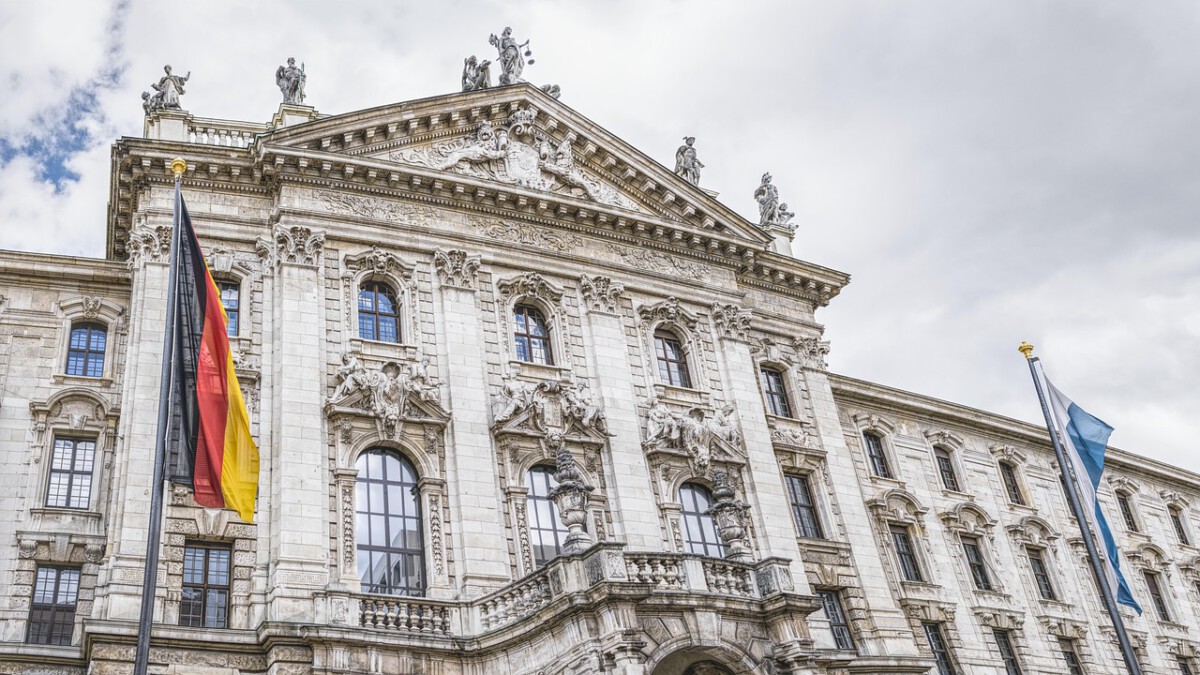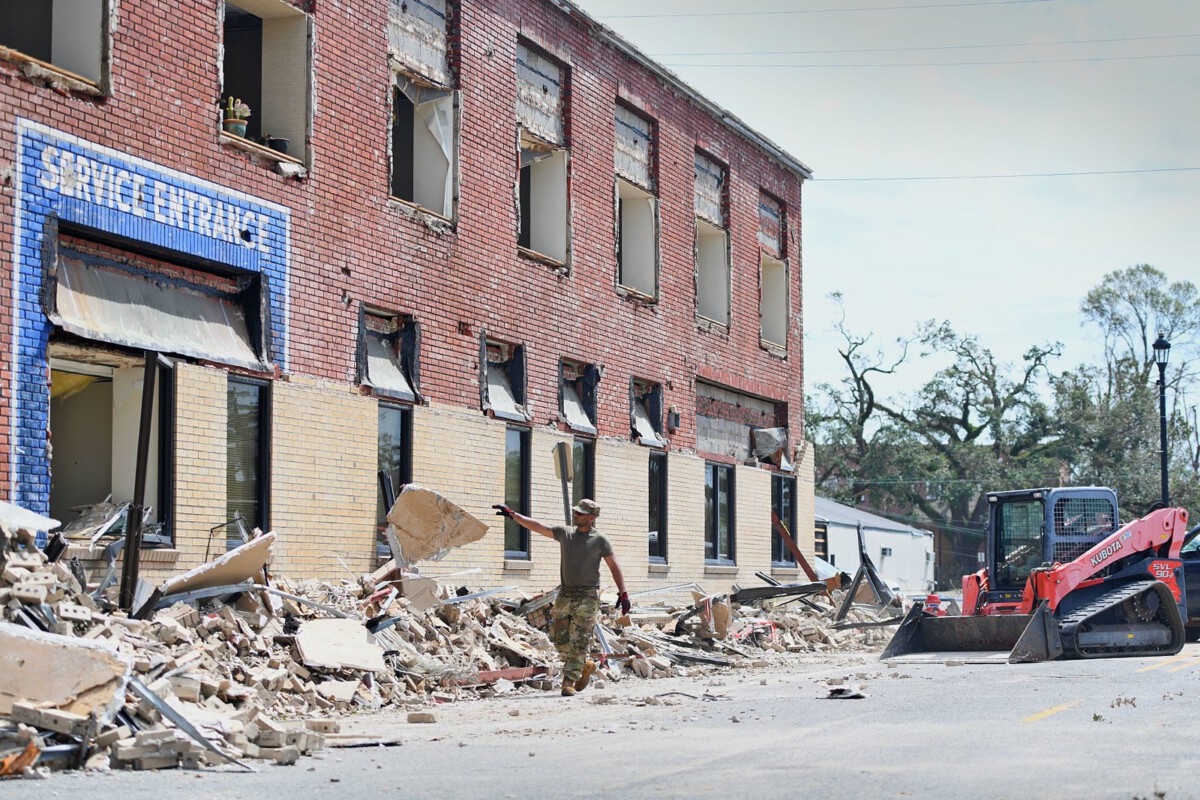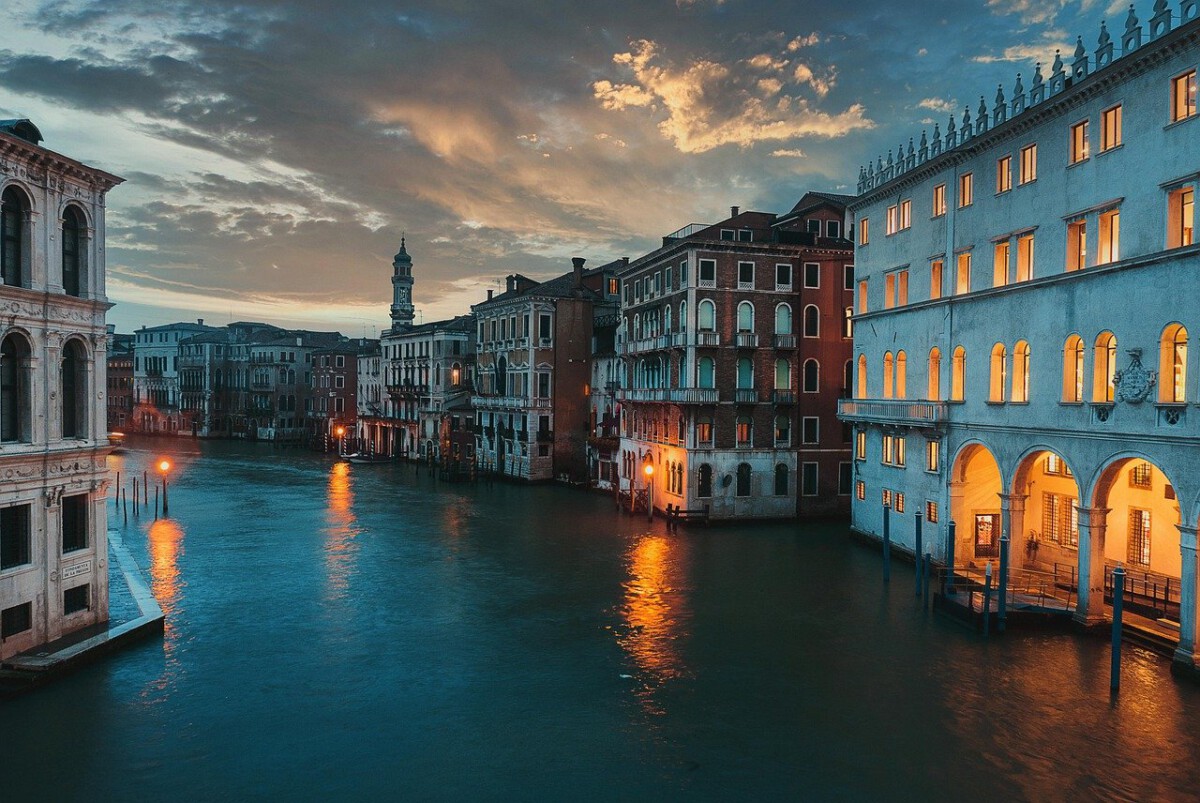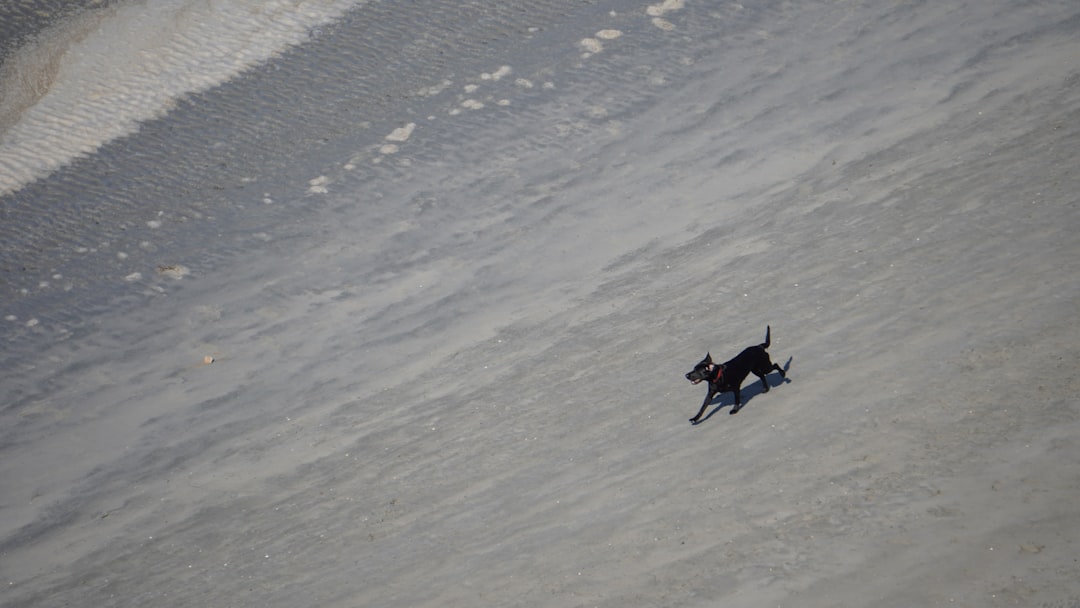
A Shocking Defiance on the Streets (Image Credits: Pixabay)
Chicago – Tension hung thick in the air last week as federal agents clashed with protesters in the heart of the city, a scene that quickly escalated into questions about authority and accountability.
A Shocking Defiance on the Streets
Picture this: a high-ranking Border Patrol official, right in the thick of a heated protest, lobbing a tear gas canister into a crowd of peaceful demonstrators. That’s exactly what attorneys are accusing Gregory Bovino, the agency’s chief, of doing during an October operation in Little Village. This move, they argue, flew straight in the face of a federal judge’s recent order aimed at curbing excessive force.
The incident didn’t just stir up the crowd; it ignited a firestorm in the courts. Lawyers for local media outlets and advocacy groups, already embroiled in a lawsuit against immigration enforcement tactics, filed a notice highlighting this as a blatant violation. They see it as part of a pattern where federal agents prioritize action over legal limits, leaving civilians caught in the crossfire.
Why does this matter so much? Because it tests the very boundaries of law enforcement in urban protests, especially when immigration raids ramp up under national policies.
The Court Order Under Siege
Back in early October, U.S. District Judge Sara Ellis stepped in with a temporary restraining order. She wanted to ensure that Border Patrol and ICE agents didn’t resort to unwarranted aggression during Chicago’s anti-deportation demonstrations. The rules were clear: no physical force or arrests unless absolutely necessary, and definitely no crowd-control measures like tear gas without justification.
Yet, just days later, videos surfaced showing agents deploying exactly those tactics. Attorneys point to Bovino’s actions as a direct snub, calling it a display of “disdain” for judicial oversight. This isn’t isolated; reports from multiple enforcement actions suggest repeated breaches, from warrantless stops to aggressive dispersals.
As the legal battle heats up, plaintiffs are pushing for depositions and more evidence to hold the agency accountable. It’s a reminder that even federal power has checks and balances, though enforcing them can feel like an uphill fight.
Protests Turn Point of Contention
Chicago’s streets have become a battleground for immigration debates, with communities like Little Village bearing the brunt. Protesters gathered to oppose what they see as overreach in raids targeting undocumented families, only to face a heavy-handed response. One raid even involved ramming vehicles, leading to a shooting that heightened fears.
Advocates argue these operations sweep up citizens and legal residents alike, violating rights under the guise of enforcement. The tear gas episode, captured on video, has become a symbol of that tension, drawing national attention to how federal tactics play out in sanctuary cities.
- Protests often start peacefully with chants and signs.
- Agents respond with barriers and warnings.
- Escalation happens when crowds push boundaries, sometimes leading to force.
- Legal fallout follows, as seen in this case.
- Community leaders call for dialogue over division.
Legal Pushback Gains Momentum
Attorneys aren’t holding back. On Sunday, they submitted a formal notice of violations, promising more details in a Monday filing. This builds on an ongoing lawsuit filed by Block Club Chicago and others, seeking to document and deter excessive force.
Judge Ellis has already pressed officials on their methods, even allowing limited depositions from Bovino himself. The goal? To uncover if these incidents stem from policy or individual oversteps. Meanwhile, the 14-day order extension keeps the pressure on, but enforcement remains a challenge.
Experts say this could set precedents for how federal agencies operate in protest zones nationwide. If violations persist, penalties might include fines or operational restrictions.
Broader Implications for Immigration Enforcement
Under the current administration, Border Patrol’s role has expanded beyond borders, with agents now leading urban sweeps. In Chicago, this has meant more visible presence, from detention centers to neighborhood patrols. But with it comes scrutiny over tactics that echo past controversies.
Civil rights groups worry about a chilling effect on free speech and assembly. Families fear raids will disrupt daily life, while supporters of stricter enforcement praise the agents’ resolve. Balancing security and rights? That’s the tightrope everyone’s walking.
| Stakeholder | Perspective |
|---|---|
| Protesters & Attorneys | Excessive force erodes trust and rights |
| Border Patrol Officials | Necessary actions to maintain order |
| Local Community | Fear of unwarranted arrests and division |
What’s Next in This Standoff?
As hearings loom, the focus sharpens on accountability. Will Bovino face personal repercussions, or will this fade into policy debates? Either way, Chicago’s case highlights the friction between federal mandates and local realities.
Key Takeaways:
- Federal agents must adhere to court limits on force during protests.
- Video evidence is proving crucial in challenging official actions.
- Ongoing lawsuits could reshape immigration enforcement tactics in cities.
In the end, this saga underscores a simple truth: power unchecked leads to chaos, but justice demands vigilance. What do you think about the balance between enforcement and rights here? Share your thoughts in the comments below.





